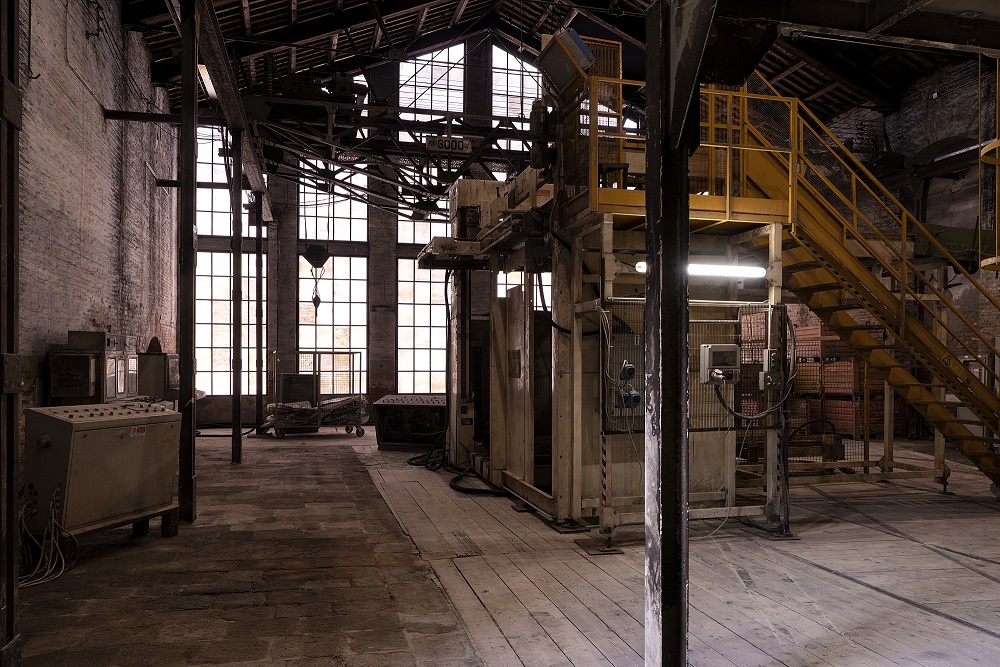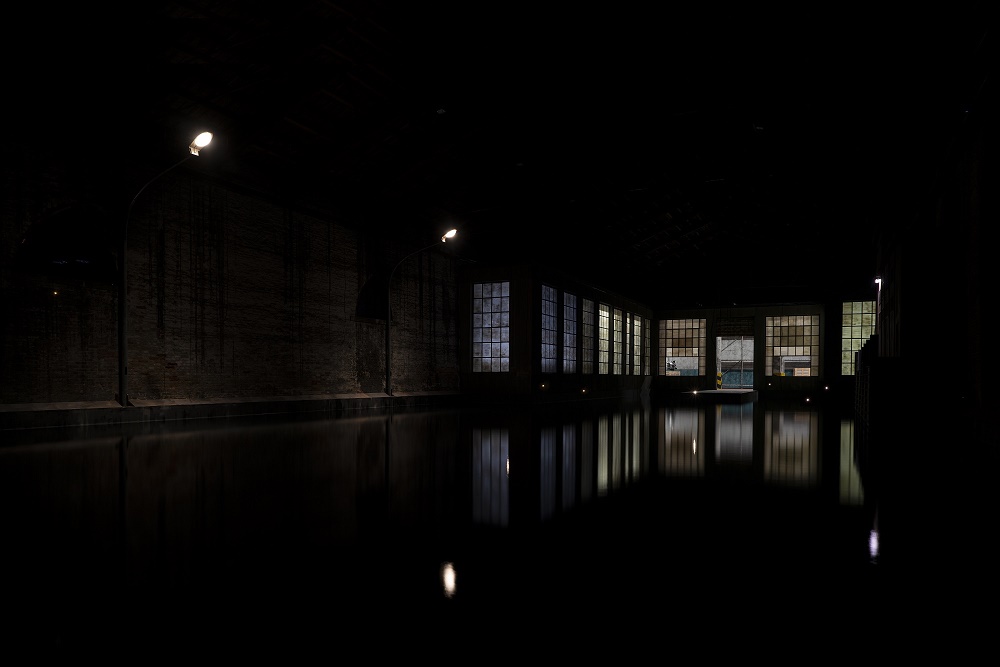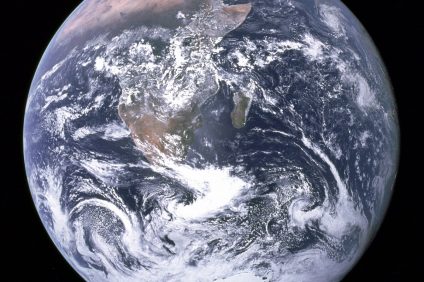The curator Eugenio Viola he had anticipated this in an interview he recently granted to italiani.it. "It will be a visionary, courageous project, as is in the strings of Gian Maria Tosatti and also in my strings. The only reason for art to exist is to connect with all that is civil". It is truly a special experience that you live by visiting the Italian Pavilion of the 59th Biennale Arte in the spaces of the Tese delle Vergini at the Arsenale. Immersive experience in a history of post-industrial Italy is the artist Gian Maria Tosatti, for the first time the only deus ex machina of the Italian Pavilion, it represents with a sort of emotional participation.

That emanates from industrial machinery by now dusty and abandoned, from a home setting, the sixties of the last century, now in disuse, with the black telephone still hanging on the wall. Particularly striking is the silence of the room set up with an "army" of silent and inactive sewing machines. Man is missing, and it is the constant of all this exhibition itinerary with a fascinating title History of the Night and the Destiny of Comets.
History of the Night and the Destiny of Comets: the rise and fall of the Italian industrial dream
The visit to the Italian Pavilion of the Biennale Arte is always full of expectations. You enter in a limited and very limited number, in silence as recommended at the entrance. To better grasp the atmosphere of decay, of imploded, crystallized progress. Without end, like the song by Gino Paoli that accompanies and underlines the exhibition itinerary. It is the "night" of an economic boom that is told at the beginning, scenario for the creation of this exhibition which, symbolically, illustrates the rise and decline of the Italian industrial dream.
The immersive experience of the Italian Pavilion by Gian Maria Tosatti
In the great story of this parable, many small stories that are no less engaging and meaningful, explains Gian Maria Tosatti, such as the one behind the inactive and lifeless sewing machines. "We got them from a company that had gone bankrupt - says the artist - We asked them to take them apart because we had to move them elsewhere. But the manager of that company looked at them with a bewildered expression, he didn't feel like doing it". What you see are the "Steady muscles of machines - underlines the curator Eugenio Viola in the presentation of the exhibition - who 'would still like to work' and reflect the frustration of a working class that has come to an end ... behind the surrender of industrial civilization there is also the human data, the uncertainty of families". According to that idea of art - so close to the curator - which exists only if it is connected to everything that is social and civil. And that highlights the necessity of the difficult indispensable balance between technology and nature. But also of sustainable development and rethinking of ethical models of production, consumption and profit.

At the end of the exhibition, a large submerged basin of water is reached by walking on a walkway. After "History of the Night " this is where the "Destiny of the Comets", in a great dark where though a swarm of small lights seems to give a sense of hope and optimism. Maybe they want to be the very fireflies she talked about Pier Paolo Pasolini in one of his famous articles. He appeared in the Corriere della Sera on February 1975, XNUMX. "I'd give the whole Montedison - Pasolini then wrote in the close of the article - for a firefly".
(credits: Gian Maria Tosatti, “History of the Night and Destiny of Comets”, Italian Pavilion at the Biennale Arte 2022, curated by Eugenio Viola, Commissioner of the Italian Pavilion Onofrio Cutaia. Courtesy DGCC - MiC)





